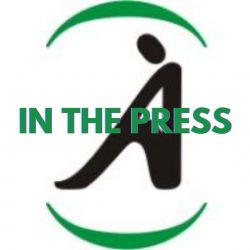More evidence against Diclofenac
In 2010, an epoch-making article was published by Fosbol and others, in the famous medical journal named ‘Circulation’. The article, which reported on a study conducted on the whole of Danish population over a ten year period, brought important new information. It brought one of the most popular pain killers used in the world, Diclofenac, to the dock. The study found that the use of Diclofenac was associated with five times more risk of heart attack or a stroke. In short, it caused problems to the heart and to the brain, almost as much as Rofecoxib, which was banned around fifteen years back.
Following this, we in Pallium India stopped purchasing Diclofenac for free distribution to patients, and instead started using Ibuprofen, which, according to the study appeared to be the least harmful among NSAIDs.
It is amazing how long medical practice seems to take to change, even when evidence is presented. After 9 years following the publication of the Fosbol study, Diclofenac continues to be one of the most widely used medicines globally. India is no exception.
More information has now come to light. An article published in the British Medical Journal of 2018 by Dr Morten Schmidt and others show continuing evidence from a meta analysis of 252 nationwide studies in Denmark that prove beyond reasonable doubt the adverse effects of Diclofenac. The authors conclude, Diclofenac poses a cariovascular health risk, compared with non-use, paracetamol use, and use of other traditional non steroidal anti inflammatory drugs.
We urge all readers to remember this. We now have more than enough reason to stop using Diclofenac as the NSAID of choice.




